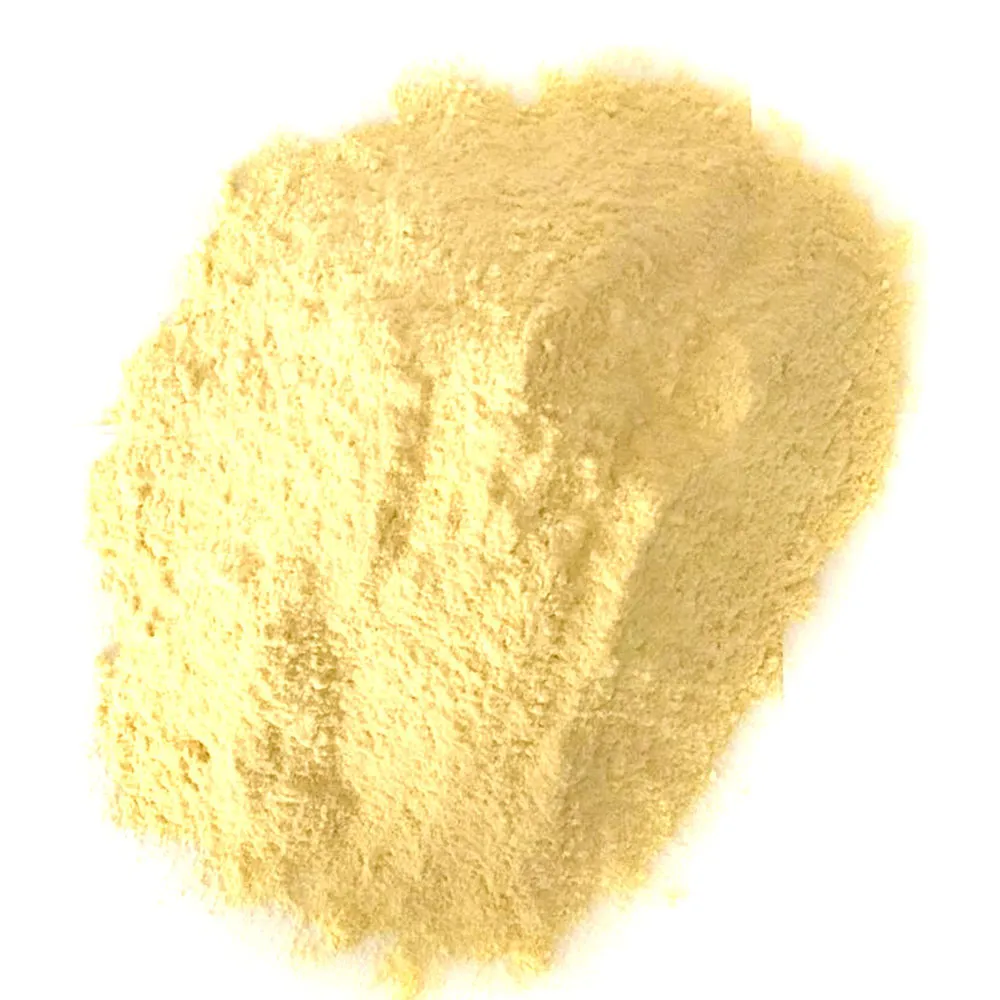
| Glycemic Index | Glycemic Load |
70.0
|
53.8
|
The glycemic index (GI) of corn flour equals to 70.0, which classifies it as a high GI food. The glycemic load (GL) of corn flour is equal to 53.8, which classifies it as a high GL food.
| Nutrition Facts | |
| Calories (kcal) | 361.0 |
| Carbohydrates (g) | 76.8 |
| Proteins (g) | 6.9 |
| Fats (g) | 3.9 |
100 grams of corn flour contain 361.0 kcal (1510 kJ), 6.9 grams of proteins, 76.8 grams of carbohydrates, and 3.9 grams of fats.
Corn flour is a finely ground yellow or white powder made from dried corn. It is commonly used in baking and as a thickening agent for sauces, soups, and stews. Corn flour has a mild flavor that makes it versatile for many recipes. Nutritionally speaking, corn flour is rich in carbohydrates but low in protein and fat. It also contains various minerals such as iron, magnesium, phosphorus, potassium and zinc; along with vitamins E & B6 which are beneficial to health. Additionally, it provides dietary fiber which helps improve digestion. The main benefit of using cornflour over other flours lies in its gluten-free qualities making it suitable for those sensitive to wheat products or following the gluten free diet. Also worth noting its high energy content means that consuming foods prepared with this ingredient can help maintain your energy levels throughout the day without feeling sluggish after eating them. On the downside, like most processed food items, there is always potential risk of contamination so make sure you purchase only top quality brands who adhere strictly to safety standards when sourcing their ingredients. Furthermore due its lack of protein content some people may find they need more substantial meals if relying solely on this type of product alone.


